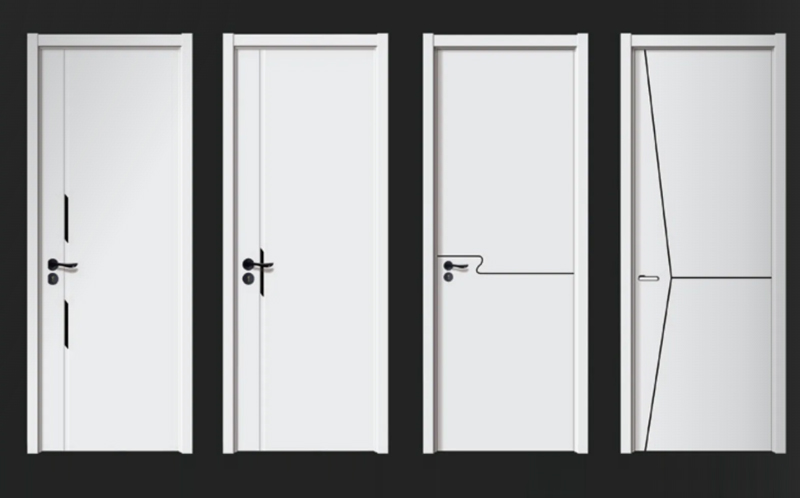How can we determine whether a WPC door is moisture-proof and anti-corrosive?
Check the product manual and inspection report
Product manual: The manual of a regular WPC door will provide detailed information about the product's materials and performance characteristics, including relevant information about its moisture-proof and anti-corrosive properties. If the manual clearly states that it has moisture-proof and anti-corrosive functions, and explains the related technologies or special ingredients used, to some extent, it can serve as a basis for judgment.
Inspection report: The report obtained through professional testing institutions is more authoritative. For example, check whether there are test results of indicators such as water resistance and corrosion resistance in the report. If the WPC door has undergone tests such as long-term immersion tests and salt spray tests, and still maintains stable performance without obvious damage or deformation after the tests, it indicates that it has good moisture-proof and anti-corrosive properties.
Observe the appearance and material
Surface texture: The surface of a high-quality WPC door should be smooth and dense, without obvious gaps, holes or defects. Such a surface can effectively prevent the intrusion of moisture and corrosive substances. If there are problems such as roughness, bubbles, or cracks on the surface, its moisture-proof and anti-corrosive properties may be affected.
Material composition: WPC doors are made by mixing wood fibers, plastics, and additives. Check the product's material composition instructions to understand the proportion and type of plastics in it. Generally speaking, a higher proportion of high-quality plastic components can improve the moisture-proof and anti-corrosive properties of the door. In addition, the addition of some special additives such as mildew inhibitors and preservatives also helps to enhance the moisture-proof and anti-corrosive ability of the door.
Conduct simple performance tests
Dripping test: Drop a few drops of water on the surface of the door and observe the water penetration situation. If the water forms water droplets on the surface and does not penetrate for a long time, it indicates that the surface of the door has good waterproof performance. However, it should be noted that the water should be wiped dry in time after the test to avoid affecting the door due to long-term contact with water.
Humidity environment test: Place a sample of the WPC door in an environment with high humidity, such as a bathroom or kitchen, and observe whether there are phenomena such as deformation, discoloration, or mildew after a period of time. If the door does not show these problems within a certain period, it indicates that it has a certain moisture-proof ability.
Chemical wiping test: Gently wipe the surface of the door with a soft cloth dipped in a small amount of common corrosive substances (such as white vinegar, dilute hydrochloric acid, etc.), and then observe whether there are discoloration or corrosion marks on the surface. However, this test should be carried out carefully, and the door should be cleaned thoroughly after the test to avoid damage to the door.
If you have high requirements for the moisture-proof and anti-corrosive properties of WPC doors, it is recommended to consult professional testing institutions or experts in the door and window industry to obtain more accurate judgments and suggestions.




